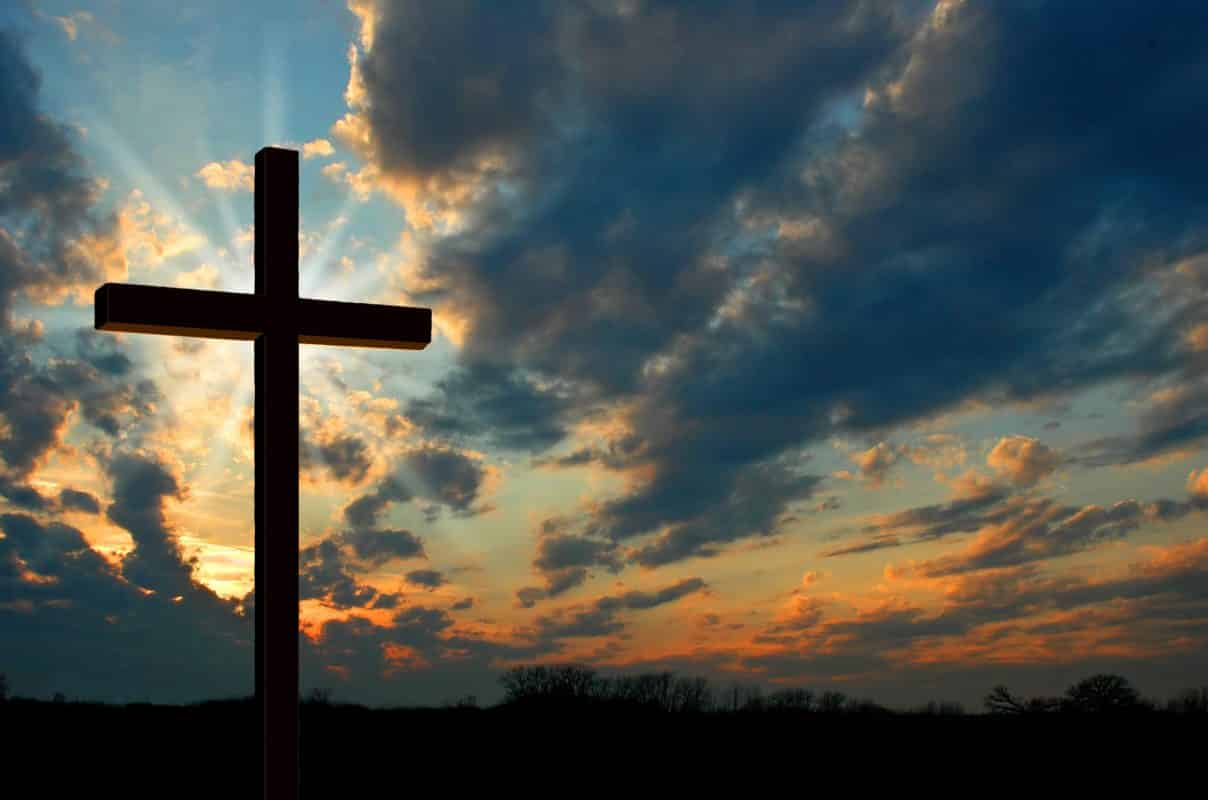As part of your Religious Studies GCSE, you’ll need to know a lot about Christianity. Here, we’re going to give you an introduction to Christianity, so you can get started on learning the details of Christianity and prepare for your exam!
What is Christianity? – GCSE Religious Studies Christianity
Christianity is the major religion based on the life of Jesus Christ. It’s an Abrahamic and monotheistic religion, which means:
Abrahamic – The teachings of Christianity descend and originate from the ancient Israelites, such as Abraham. This means that Christians worship the God of Abraham (sometimes referred to as Yahweh).
Monotheistic – Christians only believe in one god. The term ‘monotheistic’ comes from the ancient Greek ‘monos’ (‘single’) and ‘theos’ (‘god’). In contrast, some religions are polytheistic (belief in multiple gods), such as the ancient Egyptian and Roman faiths. An example of a modern polytheistic religion would be Shinto, a major religion in Japan.
So, Christians only believe in one god, and this is the God of Abraham.
The Bible – GCSE Religious Studies Christianity
The primary text of Christianity is the Bible. This book contains all of the most important rules and teachings which Christianity is based on. The Bible is divided into two major books: the Old Testament, and the New Testament.
The Old Testament is a collection of writings from the ancient Israelites. The Old Testament contains some of the most well-known parts of the Bible, such as:
1. The Creation Story (The Story of Adam and Eve).
2. Noah’s Ark, where God spares Noah, his family, and two of each animal, whilst flooding the rest of the world.
3. The Binding of Isaac, where Abraham is tested as God asks him to sacrifice his only son.
4. The ten plagues against Egypt, in which Moses frees the Hebrews from slavery under the Egyptians.
5. The Ten Commandments, where Moses climbs Mount Sinai and receives the Ten Commandments from God.
There are many more stories within the Old Testament, such as David and Goliath, Cain and Abel, and the Tower of Babel. On top of this, the Old Testament contains poetry and rules.
The Old Testament is divided into the following books:
1. Genesis – This includes the Creation Story, the Flood, all the way up to the birth of Joseph.
2. Exodus – This mostly focuses on the story of Moses, through God, freeing the Hebrews from Egypt. This also contains the Ten Commandments.
3. Leviticus – This book primarily contains a list of rules and laws that the people of Israel should follow.
4. Numbers – This book follows the Israelites as they travel from Mount Sinai to Canaan.
5. Deuteronomy – This focuses on Moses guiding the Israelites to the Promised Land.
6. Joshua, Judges, Samuel, and Kings – These four books focus on the history of Israel as it begins to become a world power.
7. Books of Maccabees – These books contain the story of Jewish rebellion against an Ancient Greek family, the Seleucids.
8. Isaiah, Jeremiah, Ezekiel, and Daniel – These are the twelve major prophets of the Old Testament, who continue to build on the teachings established in the Old Testament.
9. Job, Proverbs, Ecclesiastes, Psalms, Song of Solomon – Sometimes referred to as the books of wisdom, these include more rules and guidelines, along with poetry which sheds more light on the nature of God.
The second major part of the Bible is the New Testament. This primarily follows the life of Jesus Christ from the perspective of multiple authors. The New Testament consists of the following books:
1. The four canonical (accepted by the Church) gospels – The Gospels of Matthew, Mark, Luke, and John. These four gospels were written by different authors and at different times. While they all focus on Jesus’ life, they don’t always cover the same points in his life. For example, Mark’s Gospel begins at Jesus’ baptism, approximately thirty years into his life.
2. Acts of the Apostles – This book follows the apostles as they continue Christ’s work after his death and resurrection.
3. Epistles – This book encompasses holy letters, most of which were written by Paul to different churches, people, and other bodies.
4. Book of Revelation – This book is an account of the return of Jesus Christ and the apocalypse. This is the final book of the Bible.
While the Bible is one book that all Christians follow, different denominations will prefer different editions and translations. This means that, for example, there will be differences between the Catholic Bible and a Bible which a protestant might use.
Additionally, there have been multiple different translations of the Bible throughout history. While the content mostly remains the same between them, phrasing and terminology will differ. This can also impact the numbering of passages in the Bible that you’re reading. For this reason, it’s important to find out which Bible your GCSE Religious Studies course uses. In many cases, you can find online publications of the Bible, saving you from having to purchase a physical copy.

